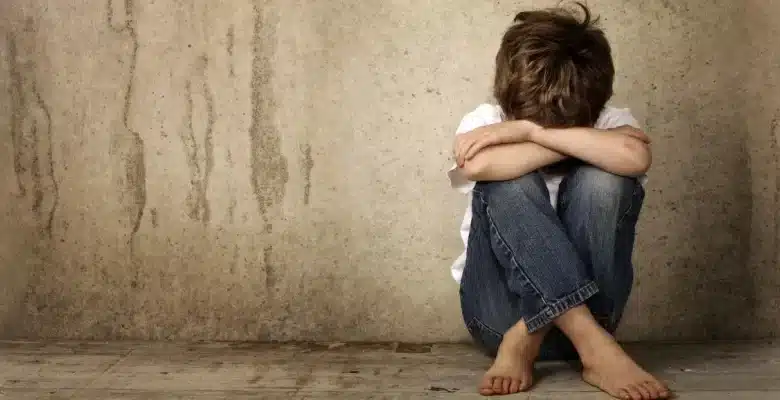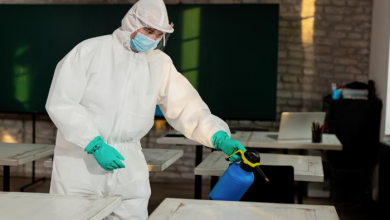
Childhood trauma, such as abuse or neglect, can deeply affect emotions, behavior, and brain development. Understanding these impacts is crucial for providing support and early interventions to help those affected.
What is Childhood Trauma?
Childhood trauma refers to distressing events experienced during formative years. These events could include physical or emotional abuse, neglect, intimidation, or even growing up in an environment marked by substance abuse or financial instability. Traumatic experiences are intensely stressful and often leave young children feeling scared, helpless, or overwhelmed.
Because the brain is still developing during childhood, exposure to trauma during this critical time can have both immediate and long-term effects. The earlier and more prolonged the trauma, the deeper the potential impact.
How Trauma Affects the Developing Brain
When children are exposed to chronic stress or traumatic events, their brains adapt to cope with the challenging environment. These adaptations, while necessary for survival, can alter the structure and function of the brain in significant ways.
1. Disruption in the Stress Response System
One of the most affected areas of the brain during childhood trauma is the stress response system, particularly the hypothalamic-pituitary-adrenal (HPA) axis. This system regulates the release of cortisol, the hormone responsible for managing stress.
Prolonged exposure to trauma can cause the HPA axis to become hyperactive, leading to an overproduction of cortisol. High cortisol levels can impair brain development and result in heightened anxiety, difficulty with emotional regulation, and a constant sense of being in “fight-or-flight” mode—even in safe, nonthreatening environments.
2. Structural Brain Changes
Trauma can physically alter the structure of the brain in areas critical to memory, decision-making, and emotional processing. Studies have shown that:
- The Hippocampus, responsible for learning and memory, may shrink in size due to prolonged stress, impacting the ability to store and recall information.
- The Prefrontal Cortex, which governs impulse control and rational decision-making, may become underdeveloped, leading to difficulties with concentration and self-regulation.
- The Amygdala, the part of the brain that processes emotions like fear, can become overactive, making children more prone to emotional hypersensitivity and exaggerated fear responses.
3. Impaired Neural Connectivity
Childhood trauma has been linked to disruptions in the connections between different parts of the brain. These neural networks are crucial for integrating emotional, cognitive, and behavioral functions. Reduced connectivity may result in struggles with executive functioning, emotional balance, and the ability to form healthy relationships.
4. Disrupted Development of Social and Emotional Skills
Since the brain plays a central role in how we interpret and respond to emotions, trauma during childhood can hinder the development of these essential skills. Children who have experienced trauma may have difficulty forming trusting relationships, struggle with empathy, and resort to aggression or withdrawal as a defense mechanism.
Long-Term Effects of Childhood Trauma
Unfortunately, the effects of childhood trauma don’t always disappear as children grow older. Left unaddressed, the impacts of trauma can extend into adulthood, manifesting as:
- Chronic anxiety and depression
- Substance use disorders
- Difficulty forming and maintaining healthy relationships
- Poor academic or professional performance
- Physical health problems, such as heart disease or a weakened immune system
Research has consistently shown that children subjected to early traumatic experiences are at greater risk of developing post-traumatic stress disorder (PTSD) and other mental health conditions.
The Importance of Early Intervention
The good news is that the brain is remarkably adaptable, particularly at a young age, thanks to neuroplasticity. This ability allows the brain to rewire and heal from the effects of trauma if the right interventions are put in place.
Here are some proven ways to help mitigate the negative effects of childhood trauma:
1. Therapeutic Support
Trauma-focused therapies, such as cognitive behavioral therapy (CBT) or Eye Movement Desensitization and Reprocessing (EMDR), are highly effective in helping children process and overcome traumatic experiences.
2. Safe and Stable Environments
Providing children with consistent care, stable home environments, and supportive relationships can go a long way in promoting healing. A sense of safety and predictability helps the brain recover from the effects of chronic stress.
3. Mindfulness Techniques
Mindfulness and relaxation practices, such as deep breathing, yoga, or meditation, can help children regulate their emotions and manage stress more effectively.
4. Educational Interventions
Schools play a crucial role in providing trauma-informed care. Educators who understand the signs and effects of trauma can create safe learning environments where students feel supported and encouraged to succeed.
5. Parental and Caregiver Support
Equipping parents and caregivers with knowledge about trauma and its effects can make a tremendous difference. Parenting programs that emphasize responsive caregiving and positive reinforcement can foster healthier relationships and emotional growth.
Promoting a Compassionate and Trauma-Informed Society
Addressing childhood trauma is not just the responsibility of parents or mental health professionals. Entire communities must commit to creating trauma-informed spaces that promote healing and resilience.
From schools and workplaces to healthcare settings, adopting approaches that prioritize understanding and compassion can transform the way we support those affected by trauma. In cases where trauma stems from accidents or negligence, seeking help from a child injury attorney, such as those in Columbus, can be a crucial step toward securing justice and resources for recovery.
Conclusion
Childhood trauma has a significant impact on brain development, but with awareness, early intervention, and supportive communities, these effects can be mitigated, and healing is possible. By understanding the science behind how trauma shapes the developing brain, we can take meaningful steps toward creating environments that foster resilience and recovery.





